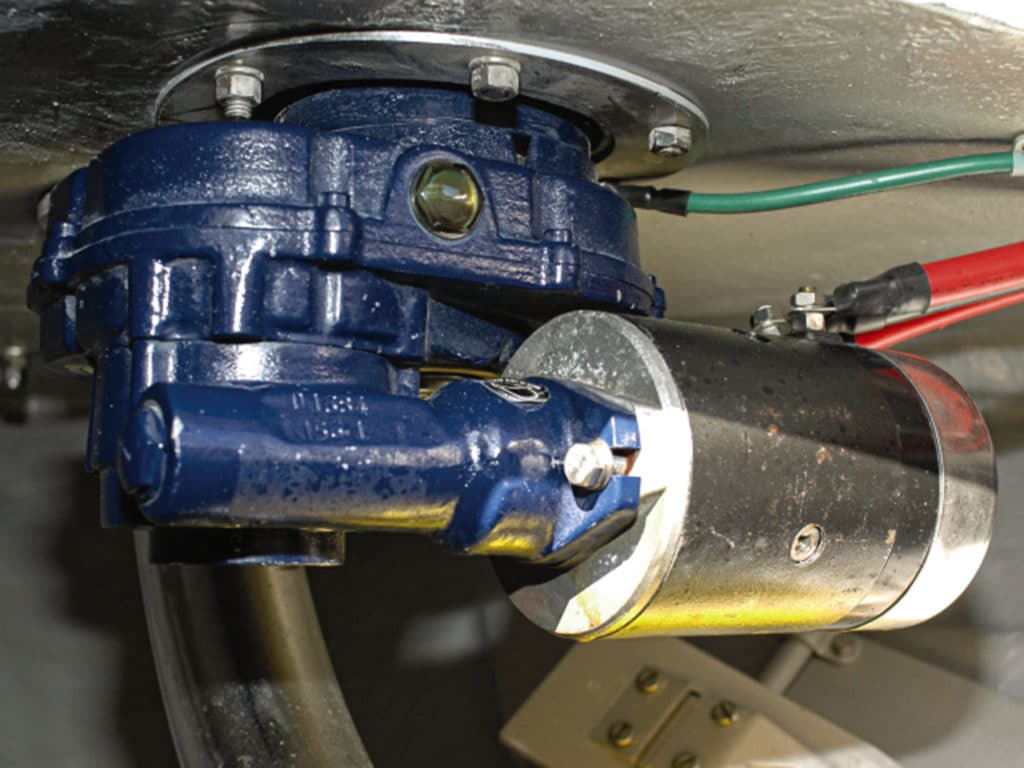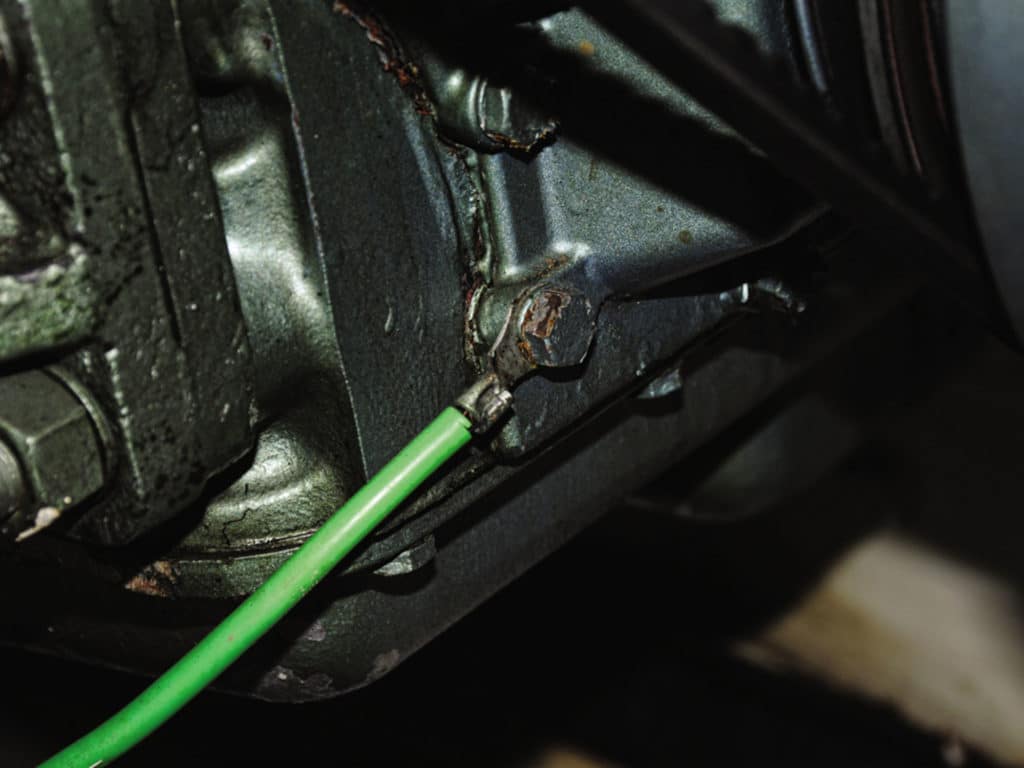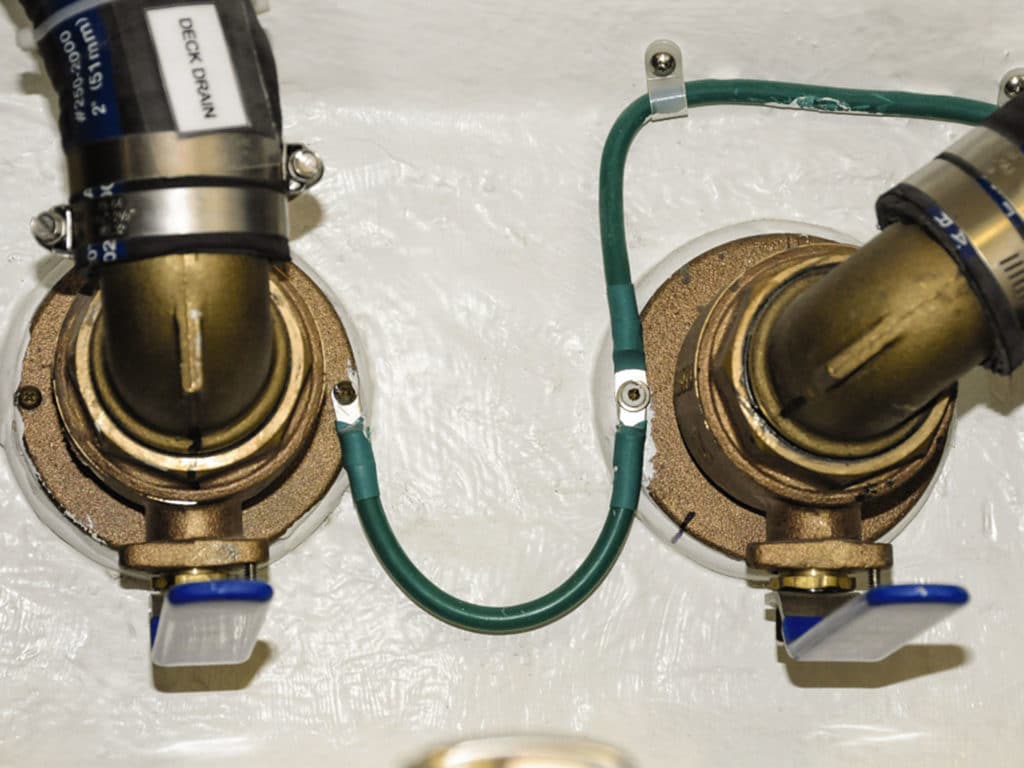
Recently I met with a client to review and critique his vessel’s systems. One item I saw related to the bonding or grounding system. These systems serve similar purposes: to carry stray, galvanic or fault current back to its source.
Let me clarify two related matters. First, electricity does not “seek ground” as so many dockside sages insist. No, whether from a battery or shore power, it seeks to return to its source. One example of the return-to-source concept is all-too-often tragic; it relates to electric-shock drowning, or in-water electrocution. When AC current, which originates from shore power, “leaks” into the water in which the vessel floats, it attempts to return to its origin, which in most cases is a transformer located on the dock or in the marina parking lot. Once power passes through a transformer, that transformer becomes a power source. So if a shore-power transformer is installed aboard a vessel, fault current will seek to return to that transformer—rather than through the water—and on to the one supplying the marina, making it a safer option.
RELATED: The Dos and Don’ts of Boat Wiring
Second, while the terms are frequently and understandably used interchangeably, “bonding” is often used in conjunction with underwater metals and corrosion prevention, while “grounding” often refers to the connection of equipment chassis and hardware to the DC-negative terminal. The two systems are, however, almost always connected (along with the AC safety and lightning ground systems), so for the purposes of this discussion, they are one in the same.

In the case of my client’s boat, I noticed a 14-gauge wire connected to the engine block. It appeared rather new, and when I asked about it, the owner confirmed that an electrician had installed it in the not-too-distant past. A poor block ground can cause oil-pressure and coolant-temperature-gauge issues, which may have been the impetus for adding it. While this “fix” may have solved one problem, it created a fire risk.
Another electrical myth is “electricity takes the path of least resistance.” In fact, electricity takes all paths, with the current flow being proportionate to the resistance. Thus, more current flows through lower-resistance, larger-wire paths; when both are present, larger wires carry more current than smaller wires. But what happens if the larger wire breaks, or is inadvertently disconnected, or the connection loosens or corrodes? In that case, a small-gauge wire connected to an engine block will be called upon to carry high current, such as from a starter or alternator.
A few years ago, I was inspecting the engine room on a 60-footer. A mechanic had recently replaced the batteries, then started the engine to test his work. However, when removing the old batteries, he’d dropped one cable behind a battery box and then failed to reconnect it when installing the new batteries. When he turned the key, instead of flowing through a cigar-size 2/0 cable, the starter current instead took an alternate path through a 12-gauge bonding wire connected to the engine block. A few feet away, I recall feeling the heat on my face as it almost instantly glowed white-hot, and the insulation melted and then burned away. Fortunately, the wire melted before anything caught fire.

It doesn’t take a miss-wire scenario for an event like this to occur. If the starter’s or alternator’s positive cable chafes against the engine block (ABYC standards prohibit starter positive cables from touching the block in any way), current will attempt to return to the battery via all paths, including small bonding wires.
The simple moral? Every grounding/bonding wire connected to the block of an engine or generator, or to any other piece of DC equipment, must be capable of carrying full starting or fault/short-circuit current, which means it can be no less than one size smaller than the largest DC-positive cable. Furthermore, bonding wires should not be connected to current-carrying parts. If the chassis of the block, thruster, etc., is common with the DC-negative, then it should not be bonded. Engine blocks and gensets that utilize isolated ground starters and alternators may, on the other hand, be bonded.
Steve D’Antonio offers services for boat owners and buyers through Steve D’Antonio Marine Consulting.








